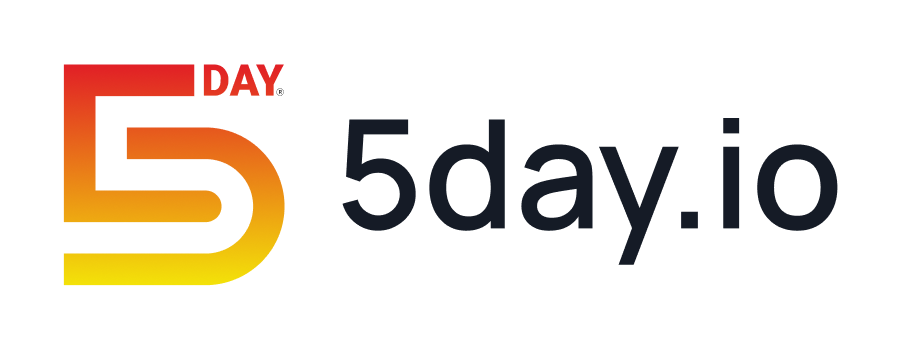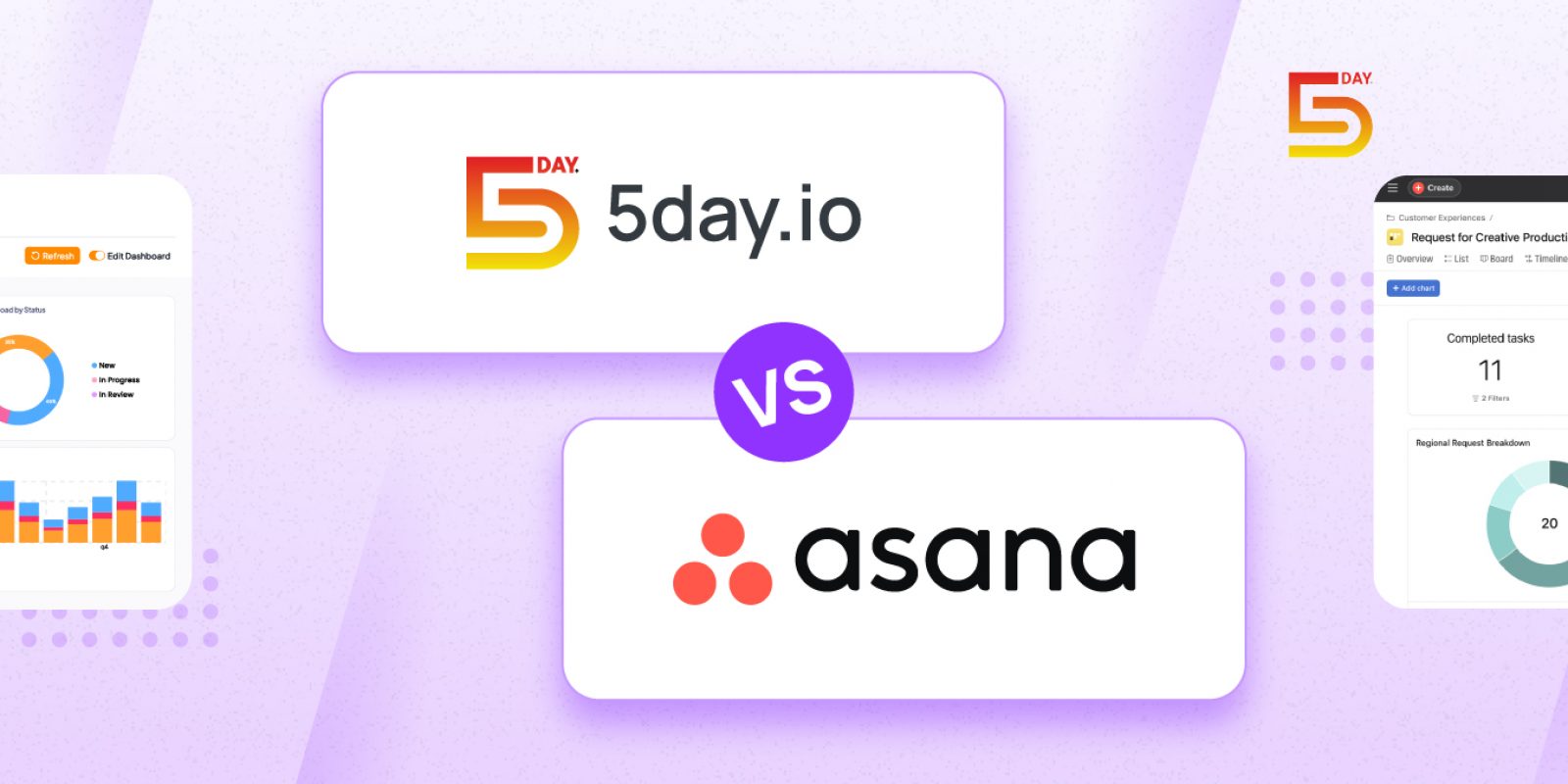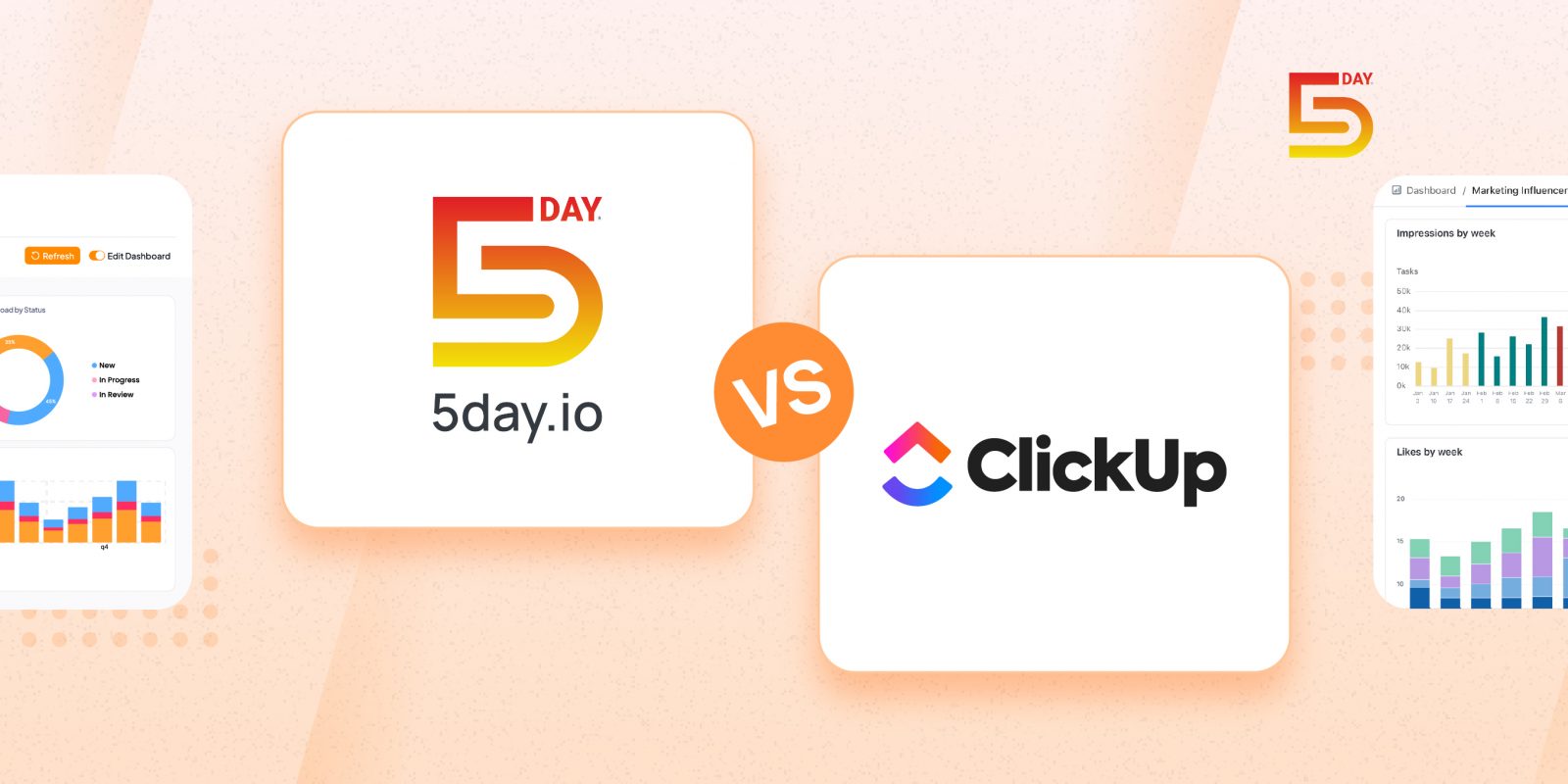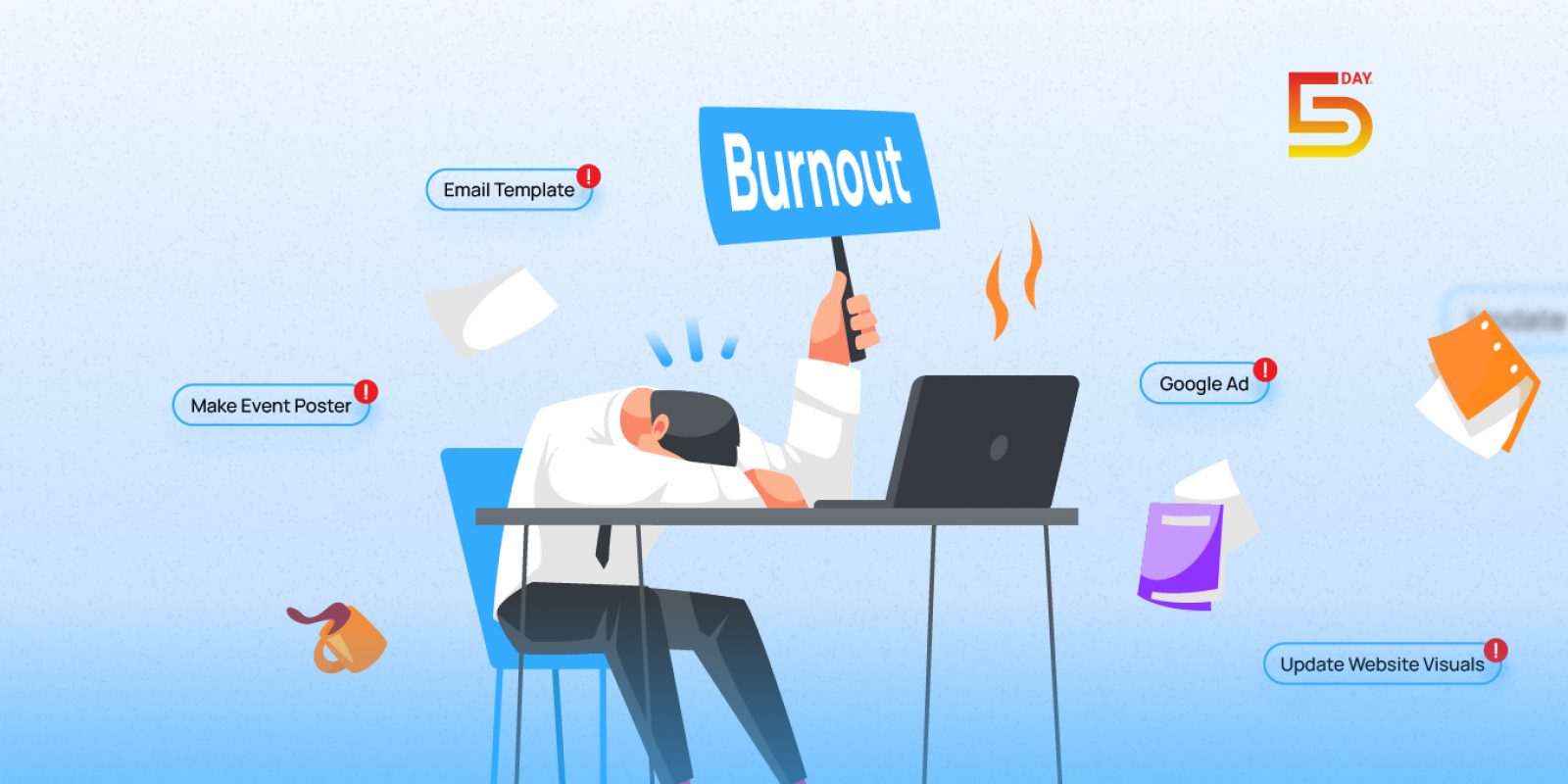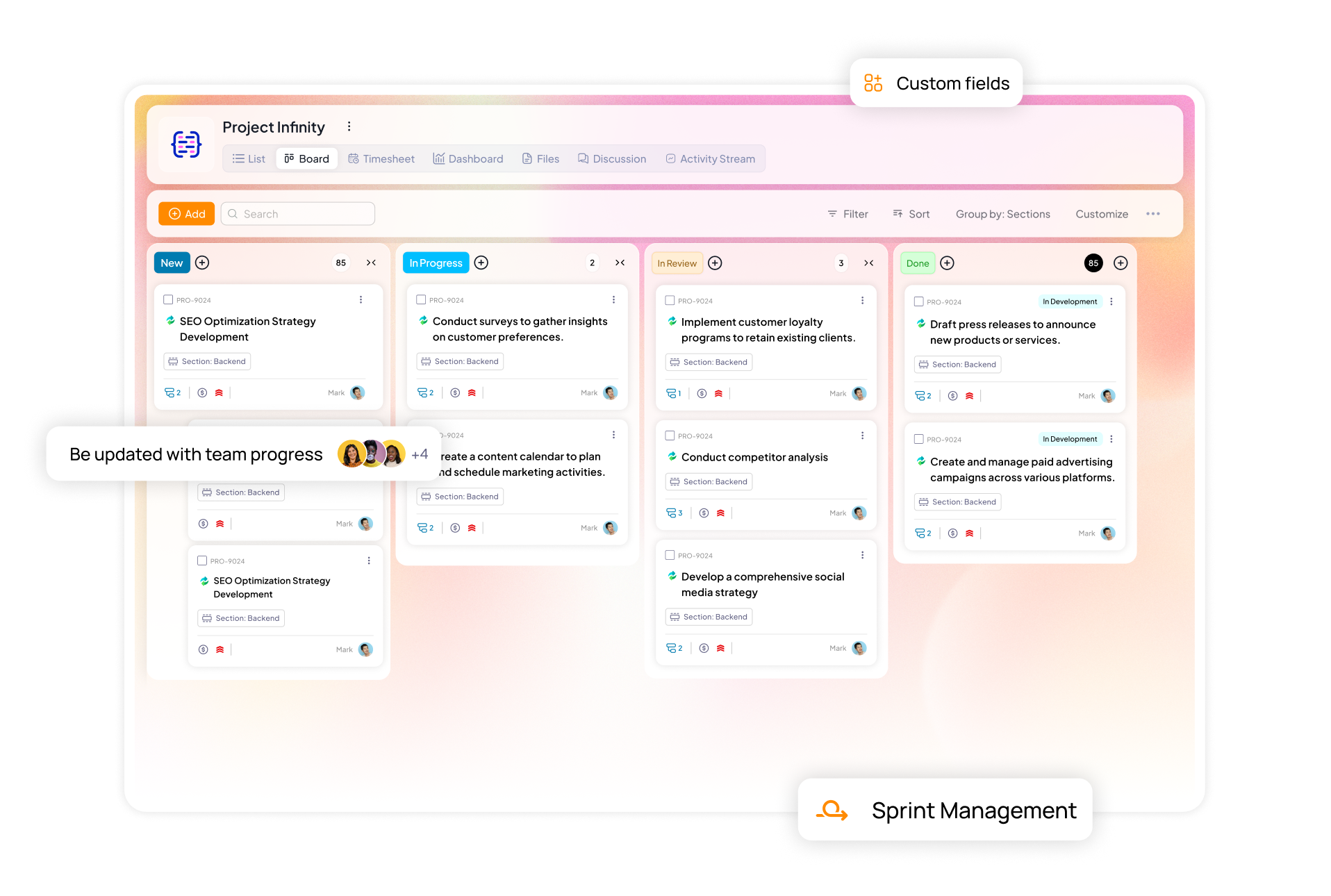A project management framework refers to the structured approach guiding project managers through the different stages of the project delivery process, which includes all the processes, methodologies, tools, and best practices.
It is the blueprint for planning, executing, and controlling projects so that it fits within organizational goals and stakeholders’ expectations. It is important because it facilitates consistent, clear, and efficient results for multiple projects with maximum likelihood of high-quality desired outputs.
This blog covers what a project management framework is, why to use one, and finally how to find the best possible right framework for a given company.
What is a project management methodology?
Project management methodology is a set of principles, values, guidelines, and processes that guide the planning, execution, and management of projects by a project manager or a team leader. These methodologies outline how a project team operates, organizes their work, and measures success.
A ‘framework’ refers to the way of working that is developed around a set of values and principles.
Project management methodologies and frameworks can be divided into three categories: traditional (predictive), agile, and hybrid. No one methodology is better than the others because each has strengths and weaknesses, suited to different project scenarios.
Traditional methodology
The most commonly used project management methodologies are either traditional or predictive models: Waterfall, CPM (critical path method), PRINCE2, and CCPM (critical chain project management).
In contrast, methods of the sequential or traditional type are always very structured to follow linearly laid down steps. Sequential or traditional methodologies should follow step-by-step processes, ensure each stage is completed and then proceed to the succeeding step.
Waterfall Methodology
The Waterfall model of software development was coined by Dr. Winston W. Royce in the 1970s. However, with the passage of time, this model lost its appeal among developers who took it as a suitable process for construction and manufacturing organizations.
The thinking is that through the waterfall model, the project manager could even draw out the detailed plan from start to finish for complicated projects. Conventionally, there are five phases in the Waterfall model.
- Requirements: At this point, the project managers produce a general outline of the project, which will later be detailed to fit the needs of the project. This outline includes the required resources, who will do the work, a timeline, and possibly budgets.
- Design: The project manager, in line with stakeholders and the client, once agreeing on the requirements, will design a project plan to facilitate the achievement of the project’s goals. This includes schedules, timeliness, milestones, budgets and the very details about the requirements of the delivery that are agreed upon.
- Implementation: In this phase, actual work goes into the agreed product or service. Here, project managers must manage resources and budgets very stringently to avoid the occurrence of scope creep.
- Control: In the control phase, the project manager compares project performance against plans and works on solutions to problems that surface to ensure that the product meets the accepted standard quality.
- Closure: Once the product is delivered to the client or stakeholders, the team transitions to the support mode. In case of problems, the team provides support and fixes them.
Gantt Chart
Traditionally, tasks and dependencies in a waterfall project are charted on Gantt charts. Gantt charts or timelines depict the key goals of a project, and the milestone against a horizontal calendar. Key benefits of Gantt chart:
- Visual timeline: It provides a clear chronological overview of the project. It makes it easy to understand the sequence of tasks and their planned durations.
- Task dependencies: This shows which tasks should be completed before others can begin. It helps in identifying critical paths and potential bottlenecks.
- Milestone tracking: It provides measurable progress indicators and allows for effective monitoring of project achievements.
- Resource allocation: It shows which resources are assigned to which tasks and when.
- Progress monitoring: It facilitates progress tracking by comparing planned schedules with actual progress. This enables identification of deviations and corrective actions.
PRINCE2
The acronyms for “projects in controlled environments”. PRINCE2 was the result of the government of the United Kingdom. It was started back in 1996 and based on seven principles which include continued business justification, learning from an experience, definition of role and responsibilities, managing by stages, managing by exceptions, focusing on the product, and tailoring towards the environment. The PRINCE2 projects fall under seven phases.
- Start a project: start a project by submitting an outline of the business case.
- Initiation of project: The project board assesses the plan, decides to initiate or abort the idea, and finally decides on the appointment of the project manager who defines the scope of the project, its timelines, budget, risks, and potential benefits.
- Project direction: The board is responsible for the direction of the project from start to finish. The board initiates the project, defines the stage boundaries, and then closes the project.
- Stages of control: The stage comprises breakdown of project work into manageable pieces or chunks. In this approach, the project manager assigns various tasks, solves problems while interlinking the board to the project team.
- Product delivery management: In this stage, the project manager monitors the progression of the project and evaluates the quality standards. The board at this stage approves the product for delivery or asks for revisions.
- Managing stage boundaries: The project board and the project manager review at the end of each stage before moving on. The project manager also meets his or her team to update the risk logs and inform the team of the next step.
- Closing the project: The project manager ensures that all the tasks are completed and the deliverable meets the required quality standards before handing it to the client. The board then reviews the project, and the manager asks the board to close the project.
Agile Methodology
Agile methodology is a project management approach that teams or organizations use to emphasize customer centricity, adaptability, and collaboration. Scrum, Kanban and Extreme Programming are very adaptive. Projects run under such framework can suddenly change course. They let teams react to key stakeholders or clients in an ever-changing market environment and other resource-based challenges.
Agile ways of working become fashionable primarily due to their elastic nature and team-oriented character. Applied for developing purposes at the start, Agile today is practiced by the teams and departments of human resource, content and media resources, health care organizations, sales and marketing focused companies, and numerous other groups.
Developed by software developers from the rigid waterfall method, Agile is a set of values and 12 principles set out in the Agile Manifesto. Instead of being reliant on stacks of documentation, the developers wanted to ensure they adopted an agile mindset and used frameworks which focused on:
- People and collaboration over process and tools
- Working software over comprehensive documentation
- Customer collaboration over contract negotiation
- It follows a plan rather than change.
Most Agile frameworks use time-boxed work periods of one to four weeks to complete chunks of work. They also use small cross-functional teams who meet often to show or demo the latest iteration of the product that they are working on, and receive stakeholder and client feedback.
Agile teams are responsive to changing requirements. But that lack of structure in the development process does have an impact on the project. Scope creep becomes more rampant, so change requests are managed as effectively as deadlines and budgets are by the project manager or scrum master.
Now let’s take a quick look below at some of the most popular agile frameworks:
Kanban
Kanban is a lean project management method that gives an overview of the entire project process from the initiation phase to the end, showing who is doing what, where bottlenecks are occurring, and how the status of each part of the project is going.
Kanban boards provide a full project view for project managers. Kanban uses boards, that cover columns for various steps such as to-do, in progress, and done and cards for the tasks. When a card moves from one step to another step, it signifies the progress of the specific process.
Scrum
Scrum is an agile framework for small teams of 10 or fewer. It increases collaboration, communication, and work efficiency. Scrum can be used by organizations in education, healthcare, and marketing, who are generally using it for software development.
During planning for a sprint, Scrum teams pull and assign work from the product backlog, for example:
Scrum teams work in sprints of one to four weeks. The team plans out the goals for that sprint and agrees upon the deliverables to complete for the period. After agreeing upon the deliverables to complete, the team gathers each day for a 15-minute “daily Scrum” or “stand-up” wherein each member discusses how things are going regarding his goals. At the end of every sprint, the team holds a longer meeting for a sprint review with presentation of completed work in search of feedback and future suggestions from key stakeholders and clients. The process then follows on until the end.
At the end of each project, teams hold a retrospective meeting. The Scrum master leads a discussion on the wins and losses, and what worked and what did not, along with what may be improved in future projects.
Top project management frameworks
There are many frameworks for project management that you can select for your organization.
Scrum framework
Scrum is the implementation framework for agile methodology and principles. It gives all the details, from
- Team size and roles
- The degree of stakeholder involvement.
- Primary planning artifacts, which are the product backlog.
- Discussions and procedures to be applied while scheduling, tracking, and following-up on the project.
- The project load is segmented into “sprints” ranging from 1–4 weeks.
The Scrum framework suits the following situation:
- Complicated projects with a lot of unpredictability, at the beginning.
- Companies in emerging industries and submarkets are growing at fast speed, that require immediate shifts.
It is not the best option for industries who focus on rigid, documented operation.
Scaled agile framework (SAFe)
If your industry is one in which fast movers win, and you wish agile to work, but cannot envision managing more than 100+ scrum teams, SAFe is the right choice of options.
SAFe extends the concepts that were created in scrum. Small, independent teams of 5–11 people, shorter iterations, and a backlog of items. However, it really offers much-needed structure in the management of the overall large projects and all individual teams, and resources. The continuous delivery pipeline enables the large companies with very high expectations for any code or product that is delivered.
Ideal for:
Large organizations seeking to adopt the agile philosophy to accelerate without losing focus on the overall vision.
Critical chain project management (CCPM)
Critical chain project management is more of a traditional framework or method. It’s just planning out the ideal workflow and schedule for a project, maximizing your use of resources and personnel.
What it is doing is translating the whole notion of a critical path- the longest chain of dependent project activities into an entire framework. This strategy tracks dependencies, estimates tasks, and resources needed in CCPM.
Add that mixture by estimating buffers for every stage and the entire project till it’s complete. You can monitor your project’s health with the rate at which you’re consuming buffers for every stage. You combine, swap, and balance the resources to form an ideal project plan, rather than finding the critical path.
The CCPM framework is ideal for:
Projects with complex, interdependent tasks and limited flexibility in resource allocation.
Kanban framework
Kanban is an enabler for the implementation of lean in processes or projects. It also stresses continuous improvement and delivery.
You break down the workflow of a project into actionable pieces on a kanban board. The to-do column will carry all the identified work items or features within the scope of the project. Other columns reflect your workflow in adding a new feature or building some piece of the product.
Kanban limits work in progress (WIP items), but its quantities are determined based on team size and ideal workload for team members. In fact, the size of the team is not defined but some fixed roles. It focuses more on communication and collaboration with clients at regular intervals considering everyone’s voice.
The Kanban framework can be applied to:
The R&D, marketing, and bug fix priorities are developing fast, with a complex yet predictable workflow.
Other Project Management Frameworks
Program Evaluation and Review Technique (PERT)
This project management framework helps in planning and organizing complex projects by estimating how long it will take to complete them. PERT charts are used in planning tasks, which may help in scheduling deliverables and coordinating with team members.
Project Management Body of Knowledge (PMBOK)
This collection of processes, best practices, terminologies, and guidelines adopted by the project management industry as standards is published by the Project Management Institute, PMI.
Six Sigma
Six Sigma is a methodology of process improvement that uses data and statistical analysis to improve processes, cut waste, and increase customer satisfaction. It is the disciplined approach for improving products, services, and processes in production, marketing, finance, administration, and more.
Hybrid Project Management Framework
This framework is flexible and combines both traditional and agile forms of project management. Using this framework, you can balance between structure and flexibility, and align project management techniques with a specific, given project.
What is the difference between Project Framework and Project Methodology?
Project management methodologies and project management frameworks were often used interchangeably, yet those two approaches towards the management of a project were quite different.
Framework | Methodology |
It suggests an overview of how guidelines may be implemented. | It provides rigid rules and practices for finished work or a project. |
It gives room for creative adaptation. | It Is static and prescriptive.
|
This is preferred by professionals. | This is preferred by beginners. |
It is generally difficult to establish and use performance measures. | It provides all performance guidelines in very minute details |
It offers scope to accommodate other practices and tools. | It cannot be integrated with other practices and tools. |
What matters is not whether the concept is a framework or methodology but how well it is suited for a specific project.
How to choose the right project management methodology?
The best way to determine this is to assess a few factors, including your budget, team, project complexity, required flexibility, and collaboration. Here’s how you can choose:
- Budget: Your budget will define how you should manage and optimize your project. This also includes how much money will be feasible for you invest in implementing and managing a methodology.
- Team: Evaluate the size and skill set of your team. Your greatest leverage will be experienced in areas where the skill set of your team is applied.
- Complexity: Some methodologies work well for simple projects, and some are good for complex projects. So, the most appropriate methodology would, therefore, be that best suited to your project.
- Flexibility: How much flexibility or rigidity should your process have? You would be fine with something like the waterfall model if you know there’s little you do not understand. However, if you had to make changes quickly, you’d be better with something more flexible, such as Agile.
- Collaboration: How much interaction do you need between your project team, clients, and stakeholders? If you are looking for continuous collaboration, then agile methodology is the way to go.
There is no ready-made framework; each demands an individual assessment of needs for the project and the team members.
Best practices for selecting and implementing project management
- Assess the size and scope of the project. If the project is large and long, it will be difficult to break down into two-week sprints. However, if the range is hard to define and is likely to shift, agile would probably be a better fit than a more traditional framework.
- Determine project drivers. It is important to understand a project’s business case and its value to the organization. What benefits does it provide to your company?
- Understand the key goals, expected outcomes, and priorities of the project for the customers.
- Identify drivers of a project, goals, outcomes, and priorities, which will be influenced by using another methodology. For example, if your aim is to be as cost-effective as possible, then the Lean approach would suit best. If a customer is asking for deep feature documentation, FDD will fit.
Outline some of the methodologies that are potentially possible for your project and grade on criteria in the last step. Choose the one that supports most drivers, goals, outcomes, and priorities. If some results are more critical than others, you can prioritize your assessments to ensure they are not overlooked.
You want to select the framework that provides the best results with the lowest amount of risk. Once you have selected your framework, then track how it is working. A fundamental principle of Agile is flexibility and adaptability. If the project methodology you have selected is not producing your desired results, you may need to modify or even change your framework. The framework will assist an organization to establish cooperation, improvement of efficiency and aversion for risk if there is a poor execution of the project.
However, managing a complex project needs appropriate tools and technology. 5day.io is a comprehensive suite of features that fit agile project management like sprint management. Using 5day.io intuitive UI, custom status workflows, discussions, and analytics you can manage all kinds of projects. Want to know more? See 5day.io in action.
Want to start your project management journey? Start now and try all the premium features free for 3 months.
Frequently Asked Questions
What are the phases of project management?
The product life cycle outlines project from start to finish in a structured phase approach. The five phases include:
- Project initiation
- Project planning
- Project executing
- Project performance
- Project closure
Why do project managers use project management methodologies?
Project managers use project management methodologies, since this has a high impact on the work approach and communication with the team. The choice can depend on teams, scope and kind of project. Some methodologies might favor speed, while others support efficiency and profits.
